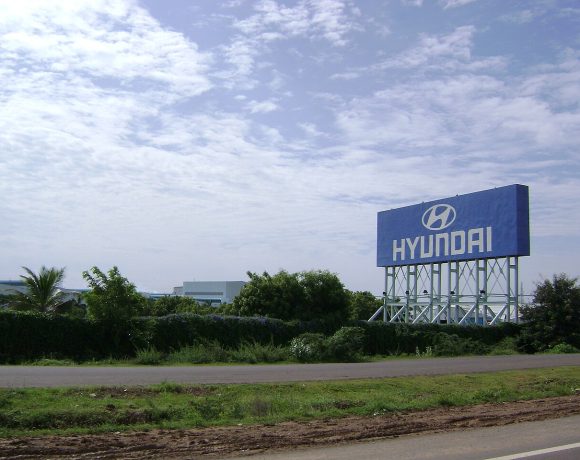
India’s iPhone Production Lags 10x Behind China’s Growth Pace
India’s ambition to become a global iPhone manufacturing hub is advancing steadily but at a pace far behind China’s historical trajectory. Current data reveals that India is building iPhones nearly ten times slower than China did during its corresponding growth period, raising key questions about infrastructure readiness and strategic planning.
India’s Production Pace vs China
Between 2016 and 2023, India scaled iPhone production from zero to around 15 million units annually, accounting for roughly 7% of Apple’s global shipments. In comparison, China, during the early years of Apple’s outsourcing push, went from zero to 153 million units between 2006 and 2013—a near tenfold acceleration relative to India’s current performance.
This disparity underscores the complex challenges India faces in building an electronics manufacturing ecosystem that can rival China’s established dominance.
Assembly vs Full Manufacturing
At present, India’s role in the iPhone supply chain is largely limited to FATP—Final Assembly, Testing, and Packaging. Most of the components are still being imported, primarily from China and other East Asian countries. Once assembled, a significant portion of these devices are exported from India to markets in Europe and the Middle East.
India has yet to develop the kind of vertically integrated supply base that makes Chinese manufacturing both efficient and cost-effective. This dependency on imported components continues to limit India’s ability to climb the value chain within Apple’s global production model.
Policy and Infrastructure Barriers
India’s manufacturing expansion has been slowed by a combination of regulatory friction, logistical bottlenecks, and skill shortages. An earlier rule requiring 30% local sourcing for foreign retailers created hesitation among global players, including Apple. Though the requirement was relaxed in 2017, structural challenges persist—particularly in the areas of skilled labor availability, supply chain development, and power and logistics infrastructure.
These gaps contribute to higher costs, slower turnaround, and limited flexibility, making it difficult to match the responsiveness of China’s manufacturing network.
Long-Term Vision and Road Ahead
Despite the hurdles, Apple remains committed to expanding its footprint in India, driven by the dual imperatives of geopolitical risk mitigation and market diversification. The goal is to make India a full-stack iPhone manufacturing destination—not just for assembly but for end-to-end production.
Experts suggest that achieving this ambition will take another 5 to 10 years, requiring coordinated efforts across government policy, private sector investment, and skill development. If successful, India could emerge as a credible alternative to China, but the road to parity is steep and time-intensive.
As global supply chains continue to shift in the post-pandemic, geopolitically tense world, India’s role in Apple’s production matrix will remain under close watch—not just for volume but for how fast it can evolve from assembly to true manufacturing independence.


















